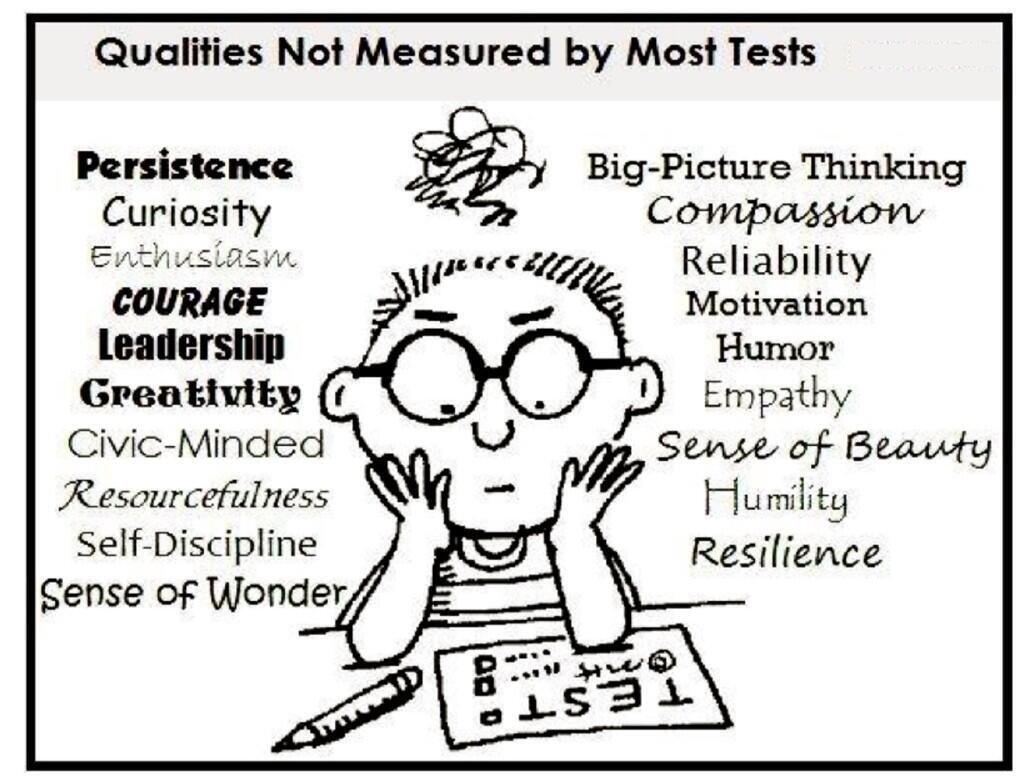There is a saying out there that I hear often: learning is learning. While I don’t discount this view, I firmly believe there is so much to it at the individual level. Preferences and experiences play a significant role in how we all learn, and interests do as well. When asked to do the same thing at the same time in the same way, it is pretty much a fact that a few people will thrive, some will get by, and others will struggle. While this notion challenges the status quo and how things have been done traditionally in education, it is the truth. The question now becomes, what are we going to do about it?
Learners have different learning needs and preferences. Herein lies the power of veering away from approaches focusing on just one way. Nicki Slaugh and I shared the following in our book Personalize:
Personalized learning compromises an array of strategies where all students get what they need when and where they need it to learn. It’s not about more work. On the contrary, it is about maximizing the time with students prioritizing their needs, resulting in better work.
Agency in the classroom is about giving students more control over their learning through greater autonomy and purpose. Many factors drive it, but the underlying premise is to move learners from a state of engagement to empowerment so that they exert more ownership over their learning. While there are many high-agency strategies to choose from when personalizing, choice stands out. It allows for the tailoring of the learning experience to student needs and strengths, leading to better retention and deeper learning through the following:
- Increased Engagement: When learners have a choice in what they learn or how they learn it, they become more invested in the process. This intrinsic motivation leads to deeper engagement and a stronger desire to understand the material.
- Ownership and Agency: Choice fosters a sense of ownership over the learning process. Learners feel empowered to make decisions and explore topics that interest them. This sense of agency increases their responsibility for their learning and makes them more likely to take initiative.
- Active Exploration: Having choices encourages learners to explore different approaches, materials, or activities. This active exploration allows them to discover new information, make connections between ideas, and solidify their understanding.
In a science class studying the human body, a teacher wants students to demonstrate their understanding of the digestive system. Traditionally, this could mean assigning a written report or a diagram labeling the organs. However, here is where incorporating student choice can personalize learning through different ways to demonstrate understanding:
- Art: One student who excels in art chooses to create a comic strip explaining the journey of a hamburger through the digestive system. This allows them to showcase their artistic skills while demonstrating their understanding of the different organs involved and their functions.
- Technology: Another student is passionate about technology and chooses to create a stop-motion animation video depicting the digestive process. This student gets to combine their love for technology with their understanding of science.
- Performance: A student who thrives on public speaking chooses to write and perform a short play where the different organs of the digestive system come to life and explain their roles. This allows them to demonstrate their knowledge creatively.
These are just a few examples; a teacher might provide additional options or let students develop their own ideas as long as they meet the learning objectives. The key is that students can choose a method that resonates with them and allows them to showcase their understanding effectively and enjoyably.
Recently, on my podcast, I discussed how choice can be a great differentiator that helps meet the needs of all learners. There are natural connections to differentiation. Below are the three components and some of the strategies Nicki and I go into detail about in Personalize:
- Choice in content: Students can choose to learn the content with the teacher in small groups or independently through a flipped lesson or self-pacing task (reading, video, notes, slides, etc.). No matter the path chosen, checks for understanding along the way inform the student of their understanding.
- Choice in the process: Students can choose scaffolded and relevant tasks to complete in a must-do/may-do format, choice board, or playlist. While they work, the teacher uses data or evidence to pull individuals for intensive support.
- Choice in product: With a well-designed rubric, students choose how to demonstrate learning through creating a product. For examples, click HERE and HERE.
Overall, choice empowers learners, personalizes the experience, and fosters a deeper understanding of the subject matter.
Take a deep dive into personalized learning by grabbing your copy of Personalize: Meeting the Needs of All Learners on Amazon.













